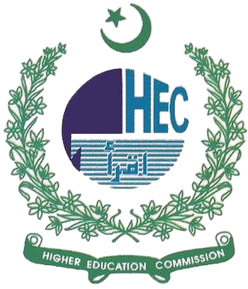FORGING REALMS: A CONCEPTUAL BLENDING ANALYSIS OF NEOLOGISMS IN GEORGE R. R. MARTIN’S A SONG OF ICE AND FIRE
Abstract
This study explores the formation and cognitive impact of neologisms in George R. R. Martin’s A Song of Ice and Fire series, employing Conceptual Blending Theory (CBT) as a framework. Neologisms, or newly coined words, play a pivotal role in fantasy literature by enriching world-building, cultural identity, and narrative depth. The research focuses on two primary volumes, A Game of Thrones and A Clash of Kings, analysing the linguistic strategies Martin uses to create these terms such as blending, compounding, borrowing, derivation, and semantic shift—and their contribution to the immersive quality of the fictional world. Through CBT, the study examines how readers mentally integrate real-world knowledge with fantastical elements to construct emergent meanings for neologisms like "Kingsguard," "dragonglass," and "Warg." The analysis reveals that Martin’s neologisms are not arbitrary but are deeply rooted in historical, cultural, and linguistic contexts, facilitating intuitive comprehension and engagement. Key findings highlight how these terms evolve narratively, expanding in significance and thematic resonance as the story progresses. Additionally, the research underscores the intertextual and cultural associations embedded in Martin’s lexicon, which anchor the fantastical world in familiar historical and mythological frameworks. By bridging cognitive linguistics and literary analysis, this study demonstrates how neologisms function as both linguistic innovations and narrative tools, enhancing reader immersion and reinforcing the coherence of Martin’s fictional universe. The insights gained contribute to broader discussions on the role of language in fantasy literature and the cognitive processes underlying reader interpretation.
Downloads
Published
Issue
Section
License

This work is licensed under a Creative Commons Attribution-NonCommercial-NoDerivatives 4.0 International License.


